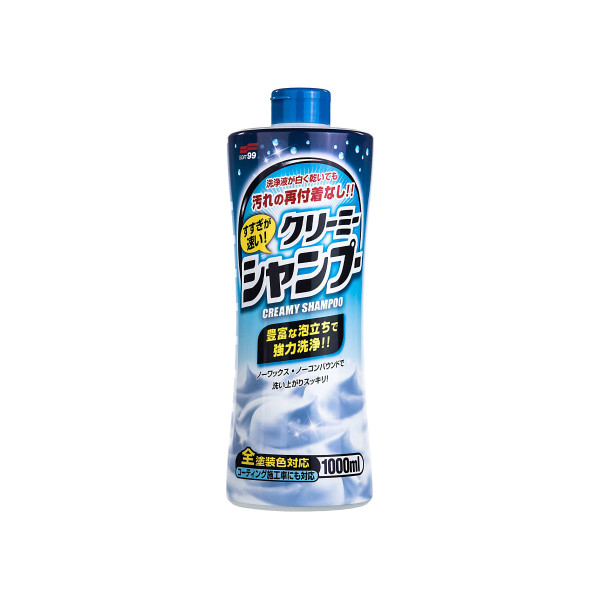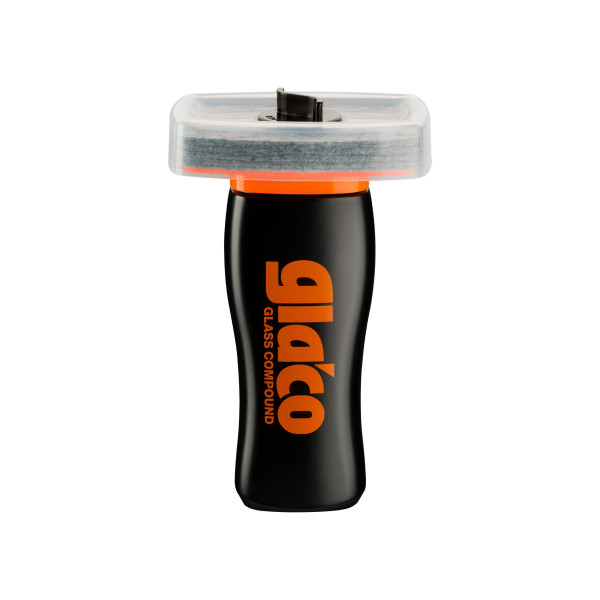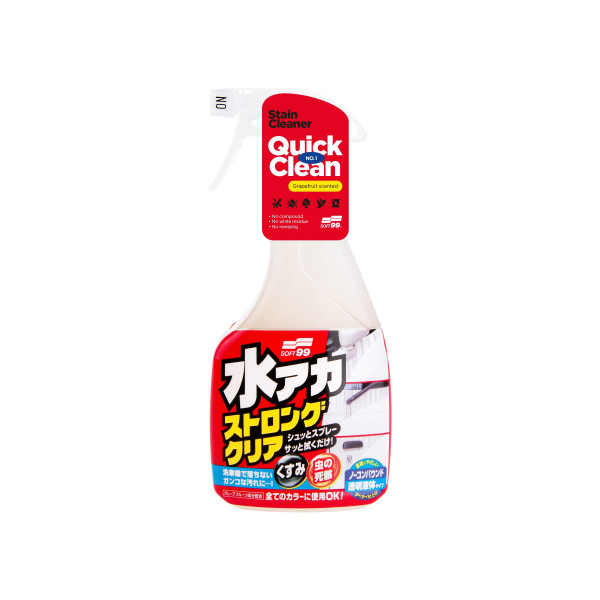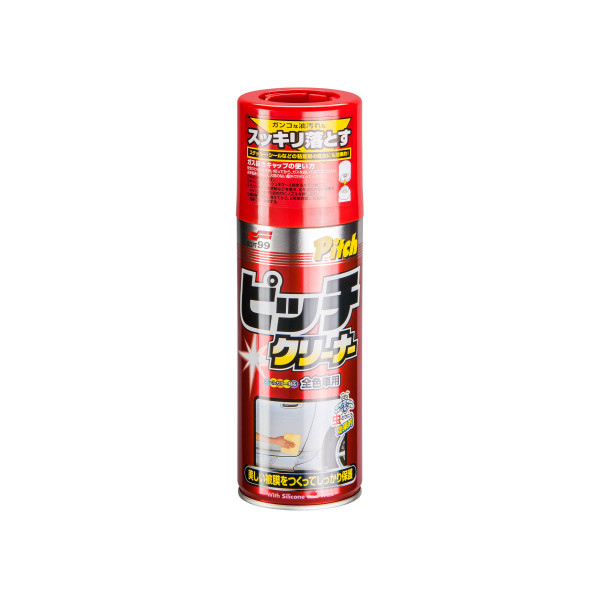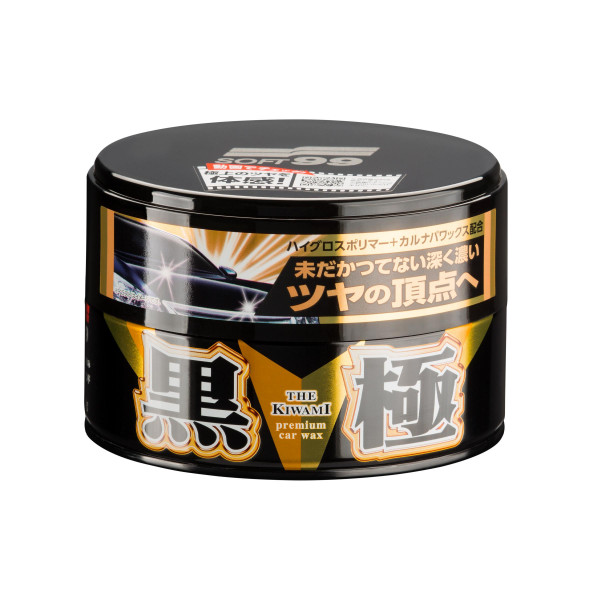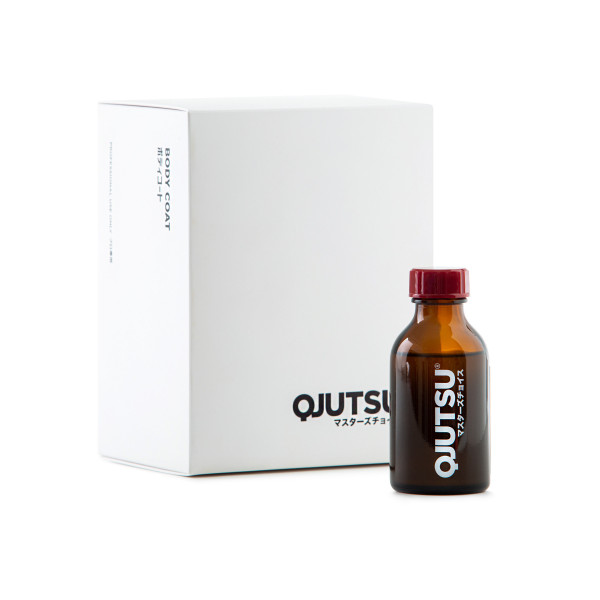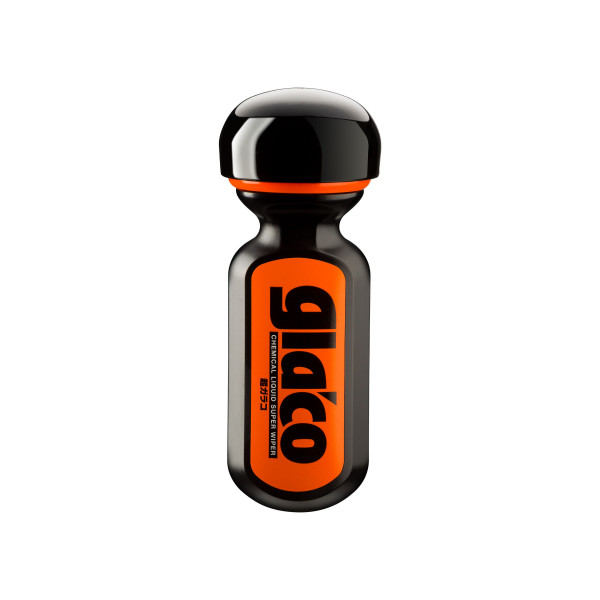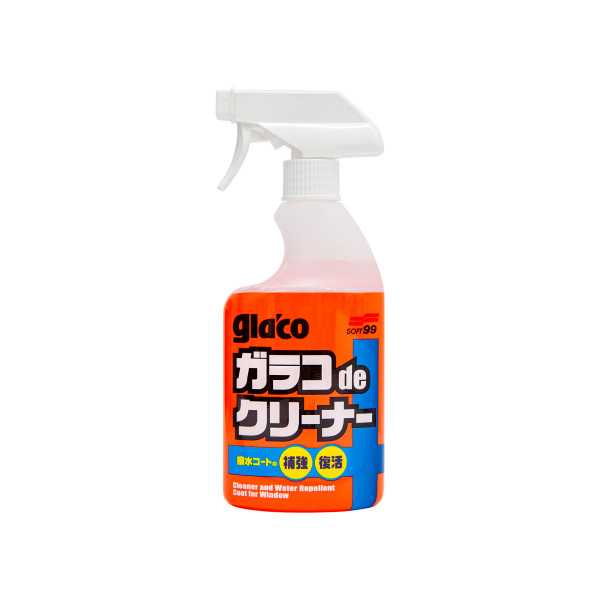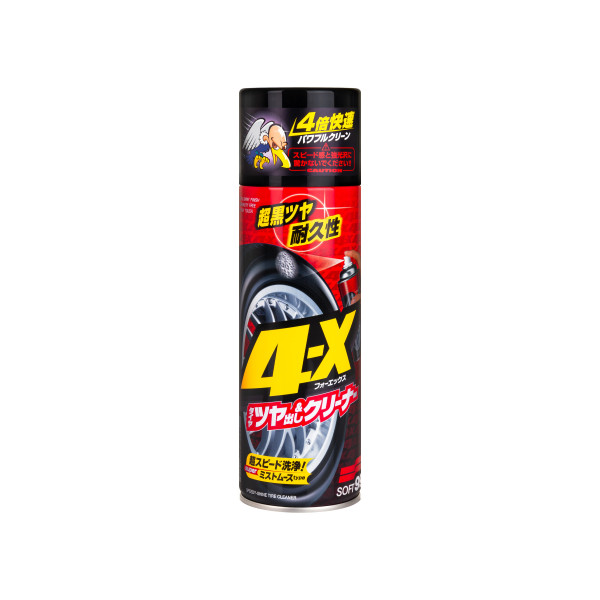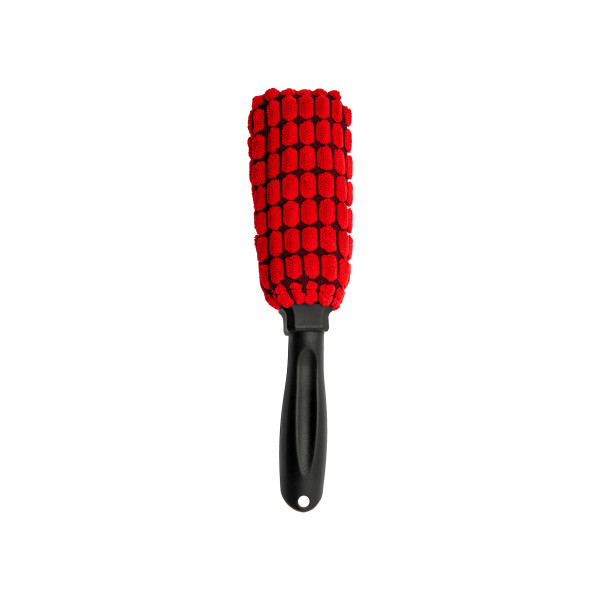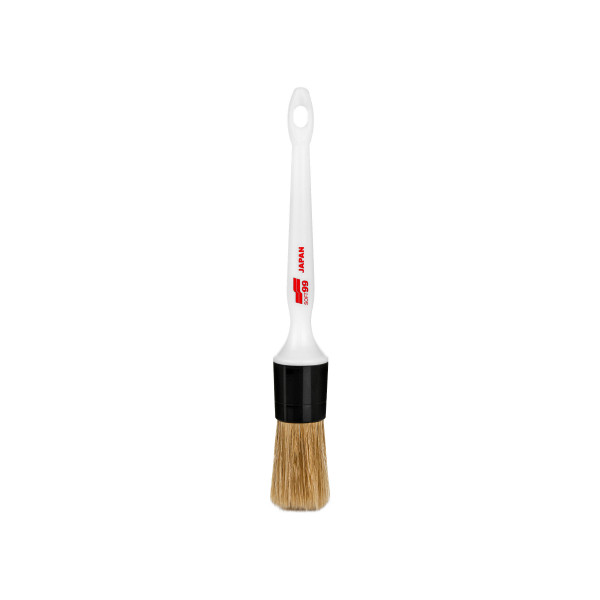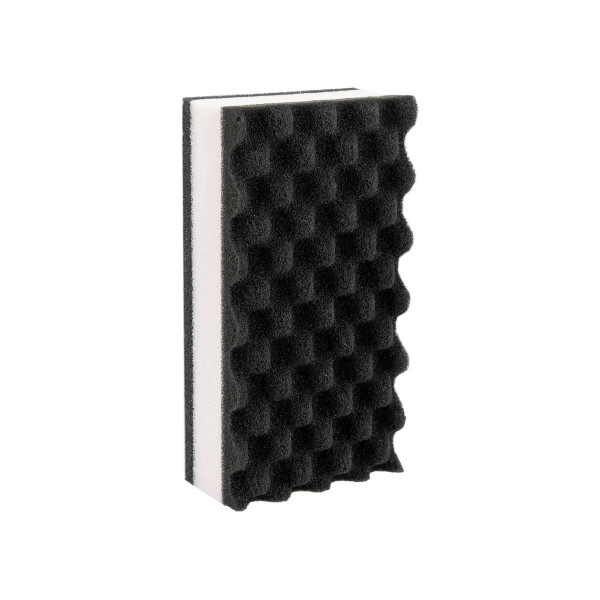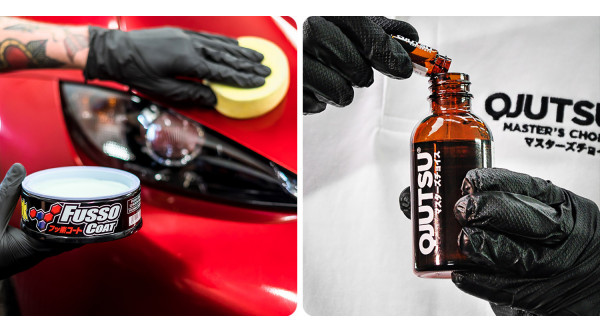- No product items

All about Japanese registration plates: how to read them & more
Soft99 comes from Japan, and we love to emphasize this at every step! from a European perspective, Japan is a country full of fascinating and unique quirks. One such quirk is Japanese license plates, so different from those found on the Old Continent. How do you read them? What are the four forbidden symbols that cannot appear on a license plate? And how do you take care of them like a Japanese car owner? We have the answers!
As everywhere else in the world, Japanese license plates are designed to provide easy identification of key information about the vehicle and its purpose. Let's start with a few distinctive elements:
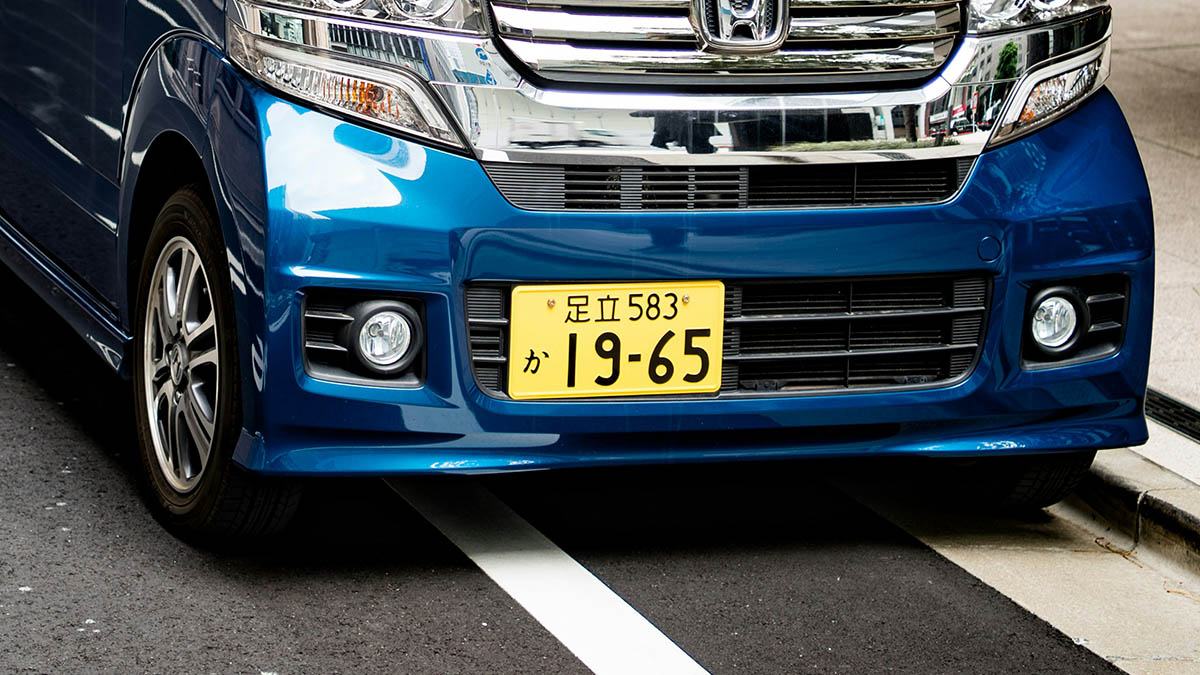
- Name of the issuing office: Usually represented by 2 or 3 kanji characters indicating the region of the office that issued the plate. For example, the Mercedes CLS in the main photo bears the characters 大宮, meaning Ōmiya, a district in Saitama City. Meanwhile, the blue Honda in the photo above comes from 足立, which refers to Adachi, a northern district of Tokyo.
- Vehicle classification code: The upper line of the plate also contains a classification code starting with a digit from 0 to 9. Each number indicates a specific vehicle category. For instance, passenger cars with engine capacities up to 2000 cm³ receive plates from the 5 series, while those with larger engines are marked with the 3 series. This classification helps to quickly differentiate between different vehicle types.
- Hiragana character: Below the classification code, there's a single character from the hiragana syllabary, used as a unique identifier indicating the vehicle category (civilian, commercial, military, etc.). This feature was introduced on license plates in 1955.
- Serial number: The lower part of the plate features a four-digit serial number that can either be randomly assigned or chosen by the vehicle owner, provided it's available.
The earliest types of license plates categorized cars using a single digit. Significant changes occurred in 1998 when Japan adopted the current format, adding the issuing office's location along with a three-digit vehicle classification code visible today.
Since 2010, additional special color plate options have been introduced for an extra fee. These options allow vehicle owners greater personalization, reflecting the growing demand for individuality in the automotive world.
Personalized license plates in Japan?
Absolutely! The new license plate legislation of 1998 also introduced the possibility of personalized plates, of course, for an additional fee. Personalized plates in Japan, however, differ significantly from those in Europe, where short words are common – in Japan, people choose numbers instead.

Japanese people use numbers on personalized plates to include meaningful dates, favourite numbers, or even clever wordplays made possible by the Japanese language. For example, the number 5963 can be read as "go ku ro san," meaning ご苦労さん, a term often used to say "good job". Another example is 1192, read as "i i ku ni" (いい国), which translates to "good country" – a popular number among patriotic Japanese!
Special plates, recently introduced and offered by prefectures, are also noteworthy. Similar to the diverse plates in the United States, Japanese plates now reflect local colours, landmarks, or nature.
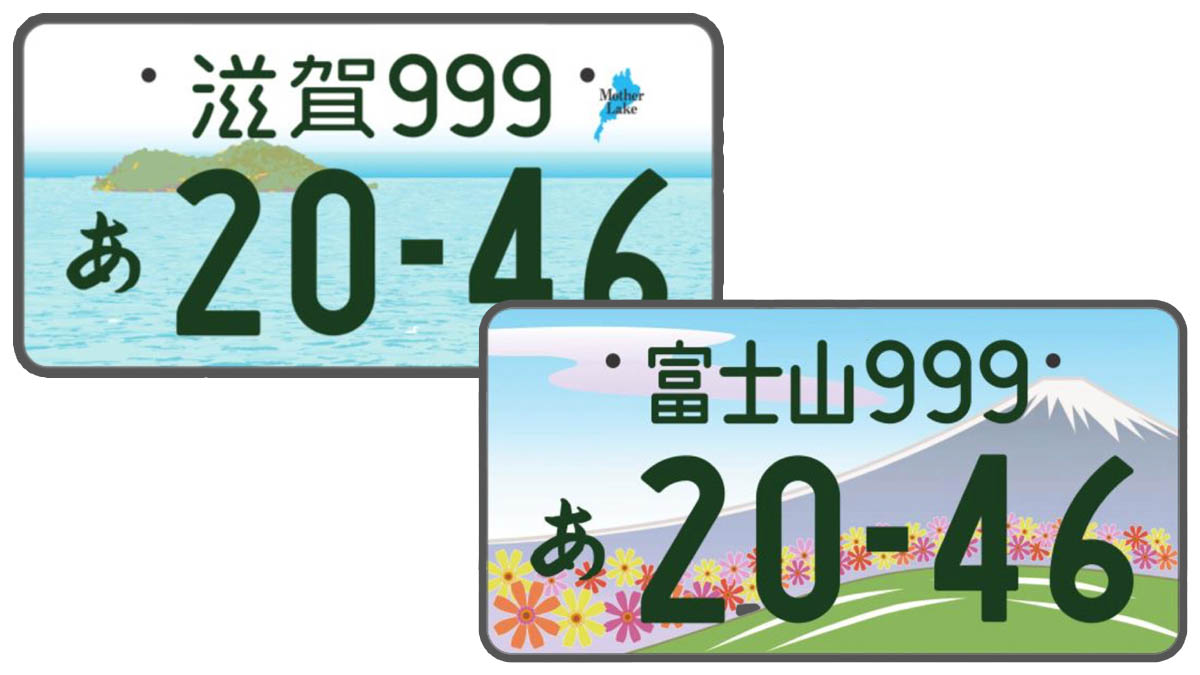
These two plates can immediately tell Japanese people where the vehicle comes from. The plate in the top left corner is from Shiga Prefecture, which geography enthusiasts will quickly associate with Lake Biwa, Japan's largest lake.
The design of the second plate needs no introduction to anyone. It is the symbol of Japan, Mount Fuji. Since the mountain spans two prefectures, Shizuoka and Yamanashi, both use its image on their plates. The one shown here is the Shizuoka version.
One unique feature in Japan is illuminated plates known as "jikō-shiki," introduced in 1970. These plates use transparent characters that can be backlit, significantly improving visibility at night. This innovation is popular among vehicles used at night, such as taxis or delivery trucks.
Colours and their functions – easy vehicle identification
The colour scheme plays a vital role in identifying the type of vehicle. This practical solution makes it easy to distinguish private, commercial, and special vehicles at a glance. Japan, with its abundance of unique solutions not seen in the West, is no exception on the road!
- Private vehicles: The most common plates have a white background with green characters. These are for passenger cars and some motorcycles with larger engine capacities.
- Commercial vehicles: For vehicles used for profit, such as trucks or taxis, the colour scheme is reversed – green background with white characters.
- Kei cars (light vehicles): Kei cars, small vehicles with limited engine sizes, are hugely popular in Japan. Private kei cars have yellow plates with black characters, while commercial kei cars reverse the colours.
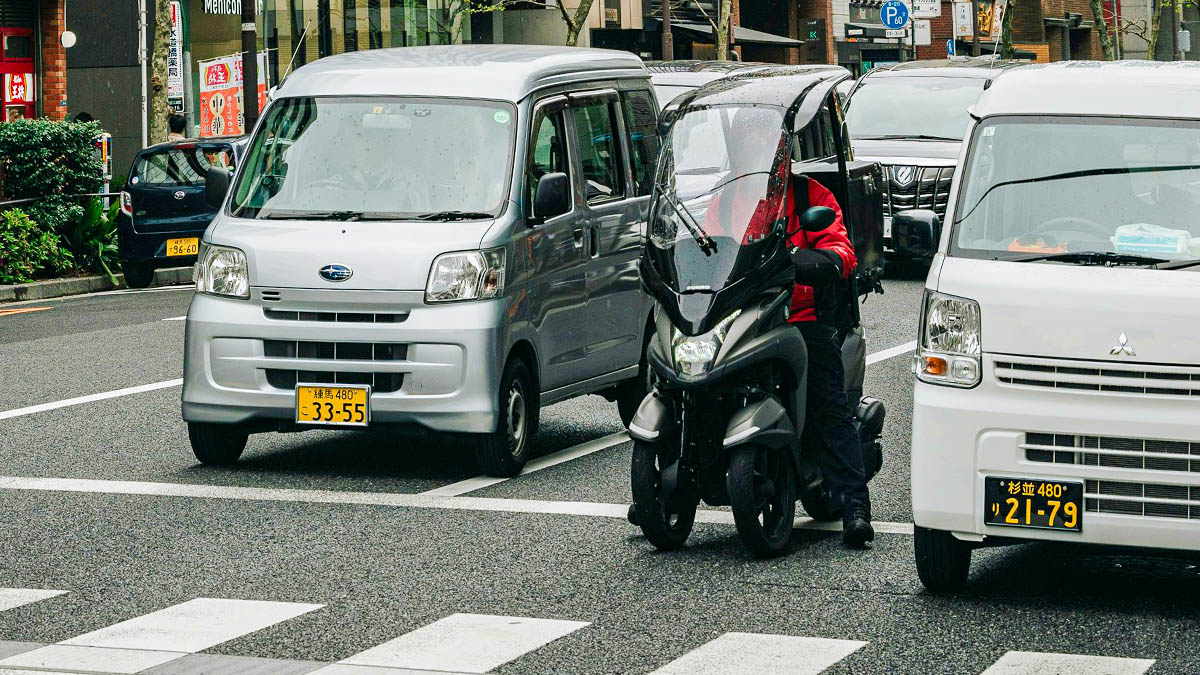
Additionally, special plates for vehicles such as diplomatic or military ones have unique designs, e.g., red background with white characters or specific symbols, such as "Y" for vehicles belonging to U.S. military personnel stationed in Japan.
Some vehicles in Japan use plates that differ from the standard design. For example, diplomatic vehicles have distinctive symbols like "外" (gaikoku), denoting their international status.
Another interesting fact: vehicles belonging to the Imperial family are exempt from the obligation of having license plates. This is one of the rare exceptions in Japan's strict vehicle registration system.
What can't appear on a license plate? Forbidden symbols?
The uniquely Japanese attention to detail extends even to license plates. In this case, some symbols from the hiragana syllabary, placed before the large digits, are prohibited because of their pronunciation or meaning. What are these symbols?
First, the symbol "o" ( お ) resembles the symbol "a" ( あ ) in shape. Since distinguishing between these two can be difficult, they are avoided for effective vehicle identification when violations occur. Similarly, the syllable "wo" ( を ) sounds very close to "o".
The syllable "shi" ( し ) is avoided because it sounds identical to the word for "death," making it considered unlucky.
The syllable "he" ( へ ) is also excluded because it’s associated with... flatulence! It is a popular onomatopoeia in manga to describe this embarrassing activity. Also, it sounds similar to "E".
Lastly, the syllable "n" ( ん ) isn’t used because its nasal sound is hard to pronounce and hear correctly over the phone. This was especially problematic in earlier times when road incidents were reported by phone with poorer call quality.
A clean plate is a readable plate!
If you care about keeping your car clean, there's no reason not to give some attention to the license plate as well. It's worth cleaning the plate during car washes and occasionally removing it from the frame for maintenance. Many car care enthusiasts use the same products to protect metal license plates as they do for the vehicle's paintwork.
For this purpose, we recommend Fusso Coat F7, a strong liquid wax. The handy applicator included in the package makes it easy to apply a water- and dirt-repellent wax coating, ensuring a clean license plate for up to 7 months.


